Top 10 Foods Highest in Sugar (To Limit or Avoid)
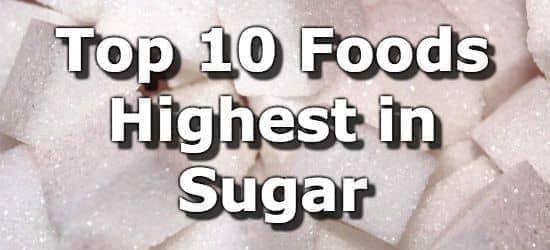
Sugars are simple carbohydrates naturally occurring in a variety of foods, including, fruits, vegetables, and milk. Sugar is also used as a food ingredient, often added to processed foods for its sweet taste.
Consumption of added sugar has increased rapidly over recent years, and this is believed to be a major contributor to rising rates of obesity, type II diabetes, and heart disease. (1,2)
High sugar foods to limit or avoid include puddings, milkshakes, ice-cream, fruit juices, sugary soda drinks, cakes (especially with frosting), candies, fruit yogurts, fast foods, cereal bars, and commercial cereals. In this list, sugar content is given in both grams and teaspoons. 1 teaspoon is equal to 4 grams of sugar.
For more information see the article of high carb foods to limit or avoid, or see the nutrient ranking of 200 foods high in sugar.
List of Foods High in Sugar
-
Up to 50% Sugar
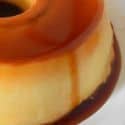 1. Dulce De Leche + Add
1. Dulce De Leche + Add
Sugar per Cup Sugar per 100g 151g (38 tsp) 50g (12 tsp) More Desserts High in Sugar
- 67g per cup of tapioca pudding
- 43g per cup of rice pudding (arroz con leche)
- 30g per 1/2 cup of chocolate mousse
-
Up to 24% Sugar
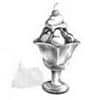 2. Milkshakes (Blended with Candy) + Add
2. Milkshakes (Blended with Candy) + Add
Sugar per 12oz Cup Sugar per 100g 85g (21 tsp) 24g (6 tsp) More Dairy High in Sugar
- 71g per 12oz McDonald's McFlurry with Oreos
- 58g in a medium ice-cream with chocolate topping
- 22g per 1/2cup of vanilla ice-cream
-
Up to 14% Sugar
 3. Grape Juice + Add
3. Grape Juice + Add
Sugar per 16oz Glass Sugar per 100g 72g (18 tsp) 14g (3.6 tsp) Other Fruit Juices High in Sugar
- 63g per 16oz of Pomegranate Juice
- 62g per 16oz Naked Mighty Mango Juice
- 62g per 16 oz of Pineapple Juice
- 48g per 16oz of Apple Juice
-
Up to 13% Sugar
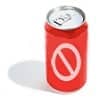 4. Sugary Drinks (Cream Soda) + Add
4. Sugary Drinks (Cream Soda) + Add
Sugar per 16oz Bottle Sugar per 100g 66g (16 tsp) 13g (3.3 tsp) Other Sodas and Drinks High in Sugar
- 55g per 16oz Kiwi-Strawberry Drink
- 52g per 16oz Root Beer
- 50g per 16oz Cola
- 44g per 16oz Sprite
- 43g per 16oz Ginger Ale
- 43g per 16oz Tonic Water
-
Up to 57% Sugar
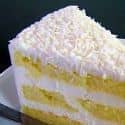 5. Cake with Coconut Frosting + Add
5. Cake with Coconut Frosting + Add
Sugar per Slice Sugar per 100g 64g (16 tsp) 57g (14 tsp) Cakes, cookies, and pies can vary from 10-65g of sugar per serving, depending on how they are made, and how much sugar is added.
-
Up to 76% Sugar
 6. Commercial Candies (Skittles) + Add
6. Commercial Candies (Skittles) + Add
Sugar per 2.1oz Bag Sugar per 100g 47g (12 tsp) 76g (19 tsp) More Candies High in Sugar
- 50g in a small 3oz bar of white chocolate
- 33g per 2oz pack of Starburst sour fruit chews
- 32g per 2oz Baby Ruth bar
-
Up to 19% Sugar
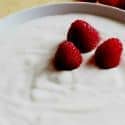 7. Fortified Yogurt + Add
7. Fortified Yogurt + Add
Sugar per Cup Sugar per 100g 47g (12 tsp) 19g (5 tsp) Plain yogurt contains 19g of sugar per cup.
-
Up to 21% Sugar
 8. Fast Foods (Hot Cakes with Syrup) + Add
8. Fast Foods (Hot Cakes with Syrup) + Add
Sugar per 3 Pancakes Sugar per 100g 45g (11 tsp) 21g (5 tsp) More Fast Foods High in Sugar
- 23g per cup of coleslaw
- 17g per egg, cheese, and bacon griddle cake
- 14g per Burger King Double Whopper
See all fast foods high in sugar.
-
Up to 34% Sugar
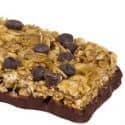 9. Cereal Bars (Nutri-Grain) + Add
9. Cereal Bars (Nutri-Grain) + Add
Sugar per Bar Sugar per 100g 39g (10 tsp) 34g (8 tsp) Note: There are some healthy cereal bars available if you check the ingredients and choose wisely. Look for bars made of whole grains such as oats, containing nuts, seeds, dried fruit, and without added sugar, sweeteners, or chemical additives.
-
Up to 23% Sugar
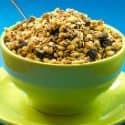 10. Ready to Eat Cereals (Familia) + Add
10. Ready to Eat Cereals (Familia) + Add
Sugar per Cup Sugar per 100g 28g (7 tsp) 23g (6 tsp) See breakfast cereals highest in sugar, or lowest in sugar.
Printable One Page Sheet
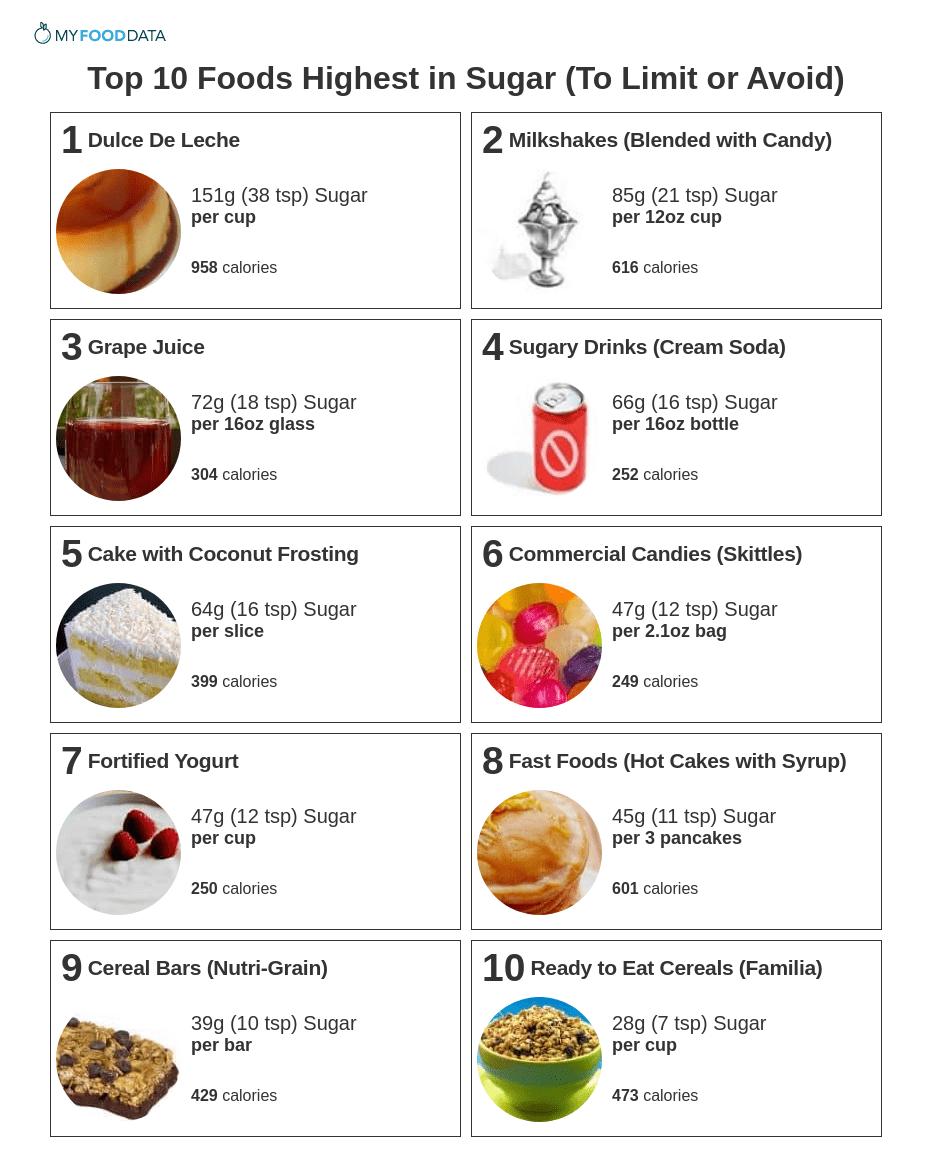
From the Nutrient Ranking Tool
Use the ranking tool links below to select foods and create your own food list to share or print.
- Foods High in Sugar
- Foods Low in Sugar
- Vegetables High in Sugar
- Fruits High in Sugar
- Vegetarian Foods High in Sugar
- Nuts High in Sugar
- Beans High in Sugar
- Dairy High in Sugar
- Breakfast Cereals High in Sugar
- Fast Foods High in Sugar
View more nutrients with the nutrient ranking tool, or see ratios with the nutrient ratio tool.
Related
Data Sources and References
- Sigala DM, Widaman AM, Hieronimus B, Nunez MV, Lee V, Benyam Y, Bremer AA, Medici V, Havel PJ, Stanhope KL, Keim NL. Sugar consumption, metabolic disease and obesity: The state of the controversy Nutrients. 2020 Dec 19;12(12):3893. doi: 10.3390/nu12123893. 33352724
- Fidler Mis N, Braegger C, Bronsky J, Campoy C, Domellöf M, Embleton ND, Hojsak I, Hulst J, Indrio F, Lapillonne A, Mihatsch W, Molgaard C, Vora R, Fewtrell M; ESPGHAN Committee on Nutrition:. Added Sugars and Cardiovascular Disease Risk in Children: A Scientific Statement From the American Heart Association J Pediatr Gastroenterol Nutr. 2017 Dec;65(6):681-696. doi: 10.1097/MPG.0000000000001733. 28922262
Simplify Nutrition Tracking with MyFoodData!
Speedy Tools and Detailed Data FREEEasily analyze your meals to find the best foods for your goals.
✅ Use our recipe nutrition calculator and nutrition comparison tool.
✅ Access expert nutrition data tools and in-depth articles.
✅ Log foods and organize your recipes with a free account.


 Next ➞
Next ➞
